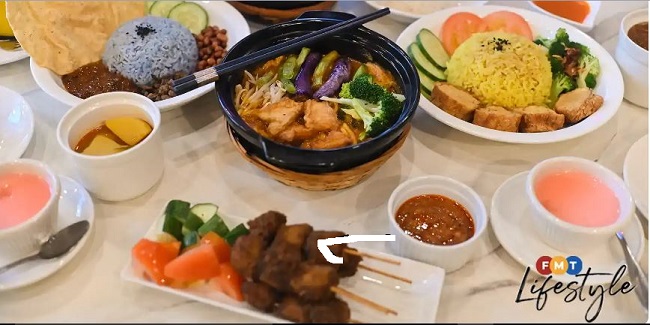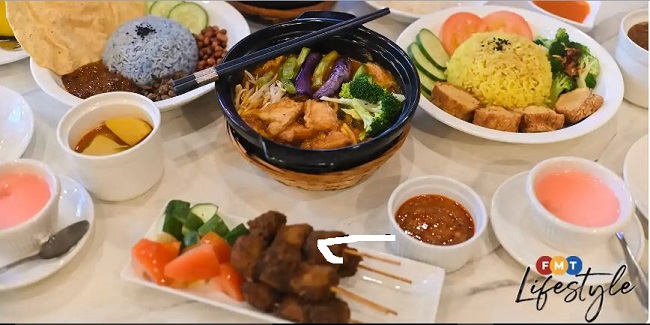Nasi ulam” must be a favorite among Malaysians, although not everywhere since the best versions are usually served in the homes of those who have been making this dish for generations.
Looking at nasi ulam, stories often refer to “orang zaman dulu” who understood the benefits of adding wild herbs and leaves to their food. As such, when it was originally made, nasi ulam required a combination of herbs and leaves from nature that contained both food and medicine.
This unique rice dish is well known for its aromatic citrus, herbal and forest notes that hit the nose before reaching the palate. It has the ability to lift everything in the dish, softening the spicier notes of the sambal or kuah that accompanies it, adding another mystery as it carries it all, like a pilau with herbs.
As a complete meal, nasi ulam is often served with dishes such as ikan bilis, sambal, salted egg, fish keropok and shrimp sambal. None of this takes anything away from the rice itself; rather, they enhance its taste and complement it.
‘Ulam’ requires an arrangement of subtle flavors, but it is this sense of sophistication that makes it one of our favorite and most complex dishes. But it’s really a powerful dish, suitable for any table.
This recipe is for anyone who observes Ramadan, and it would make a wonderful addition to a Hari Raya feast.Flavors and Pairings
Fresh and light in every sense, the floral notes of daun kesum and bunga kantan enhance the citrus fruit of the kaffir lime leaf. A little lime roll brings it all together.
Would it be good to pair it with the delicious shrimp sambal and acar jelatah? Efrata
1 package or 50 g daun kesum (Vietnamese laksa or coriander leaves), thinly sliced
1 package / 50 g daun selasih (Thai basil), sliced thinly
6 leaves of daun limau purut (combava leaf), carved
1 package / 100 g pegaga (Indian pennywort), stems and leaves finely sliced
3 sticks of sera (lemongrass), white head, trimmed
0.5 bunga kantan, woven
3 large limes (calamansi limes)
2 cups long grain basmati rice
Procedure
Cook the Basmati rice until it is soft but still chewy.
Remove the rice from the pot and transfer it to a large colander. Cover with a towel and let it cool completely.
When the rice is cooked, gently mix it with laksa leaves, Thai basil, kaffir lime leaves, pegaga, lemongrass and bunga kantan. Mix everything well with a fork.
Pour the juice from limau kasturi all over the rice and mix it again before serving. This recipe uses long-grain basmati rice which, when cooked, is soft and allows each grain to stand out. Once cool, it’s easy to use the leaves, like a salad.

